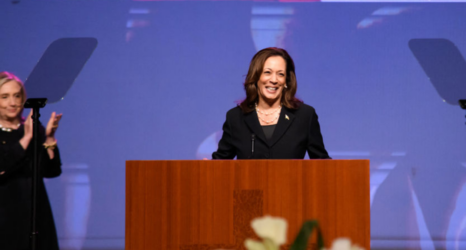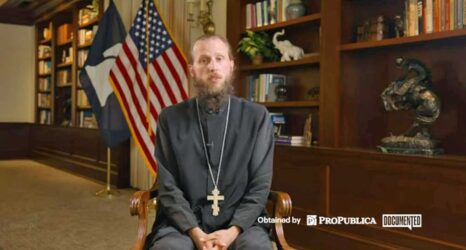With the presidential election now in full swing—the next Republican debate is Wednesday Sept. 16—the Ms. Blog is excited to bring you a series presented in conjunction with Presidential Gender Watch 2016, a project of the Barbara Lee Family Foundation and the Center for American Women and Politics. They’ll be tracking, analyzing and illuminating gender dynamics during election season—so check back with us regularly!
What makes a candidate “presidential”? And how do voters decide who’s suited for the job?
Since the White House was built, maleness has been a prerequisite for entry into the Oval Office. Although women have stepped forward, beginning with Victoria Woodhull in 1872, the vast majority of candidates have been men. The candidacies of Hillary Clinton and Carly Fiorina force a reconsideration of the parameters of “presidential.” But even if all the candidates were men, gender would remain highly salient as a factor in Election 2016.
That’s why the Barbara Lee Family Foundation and the Center for American Women and Politics have teamed up to create Presidential Gender Watch 2016 (PGW2016), a nonpartisan project to track, analyze, and illuminate gender dynamics in the 2016 presidential election. Drawing on the research and expertise of both partner organizations, as well as other experts, the project furthers public understanding of how gender influences candidate strategy, voter engagement and expectations, media coverage, and electoral outcomes in the race for the nation’s highest executive office.
Understanding how gender shapes our thoughts and actions in this election season requires going far beyond the who’s who and the horse race to reflect critically and thoughtfully on the context and the implications across the presidential campaign. The concepts of “president,” “vice president,” and “commander in chief” are thoroughly freighted with gender assumptions and stereotypes. Peering through a gender lens, we see not only the traits and treatment of women in the race; male candidates, too, either do or don’t hew to gender expectations, and voters approach their task with gendered assumptions and priorities. All of this means that any discussion of the 2016 campaign that neglects to engage gender presumptions and realities is incomplete.
PGW2016 is pleased to share expert analyses on the Ms. Blog, pointing readers toward timely information about Election 2016. You’ll get perspectives from top gender scholars and thoughtful political practitioners, as well as poll findings chosen to illuminate how gender plays out as the election unfolds.
And on the PGW2016 website, in addition to daily news tracking, historical facts, research and multimedia takes on gender and the presidency, you’ll find expert analysis approaching the upcoming election from many angles—topics rarely found front and center, such as:
- Denouncing Trump is the Easy Part—Elevating Gender Dialogue is Harder to Do
- Making Black Women Visible in Presidential Politics: A Conversation About Race, Gender, and Running for the Oval Office
- Carli Lloyd for President? A Conversation About Women’s Sports and Presidential Politics
- Likeability: It’s Different for Women
We look forward to elevating and expanding the ongoing dialogue about gender as Nov. 8, 2016 approaches.
Love the Ms. Blog? Get a digital magazine subscription for more feminist reporting!
Image via Shutterstock





